Last updated on Jun 17, 2025
45 Rhetorical Devices: Your Secret Writing Weapons [Download Cheatsheet]
About the author
Reedsy's editorial team is a diverse group of industry experts devoted to helping authors write and publish beautiful books.
More about the Reedsy Editorial Team →Dario Villirilli
Editor-in-Chief of the Reedsy blog, Dario is a graduate of Mälardalen University. As a freelance writer, he has written for many esteemed outlets aimed at writers. A traveler at heart, he can be found roaming the world and working from his laptop.
View profile →Chances are, you use rhetorical devices every day of your life. Some, like similes and metaphors, you may already know about but others, maybe not. (When was the last time you consciously deployed bdelygmia?)
In this post, we’re going to show you 45 rhetorical devices that you can use to level-up your writing and speech.
What are rhetorical devices?
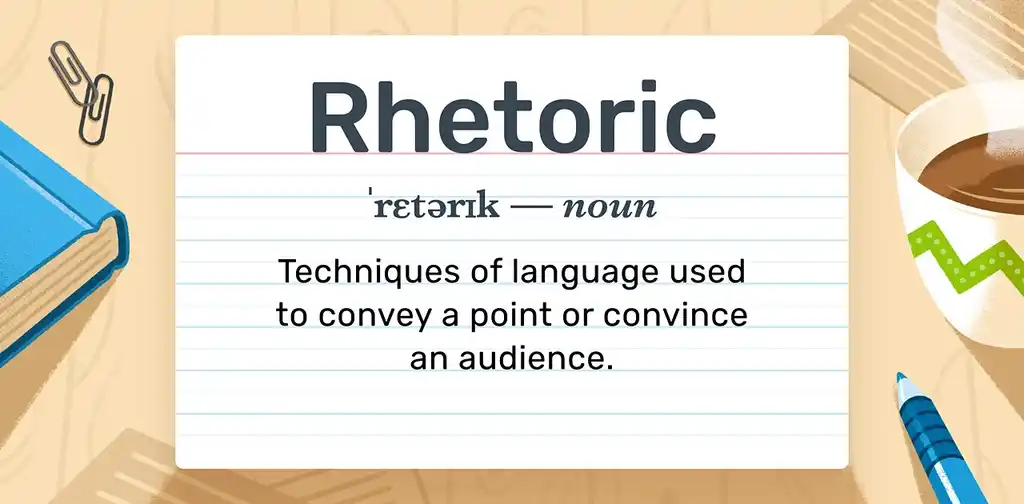
Rhetorical devices (also known as stylistic devices, persuasive devices, or simply rhetoric) are techniques used by speakers or writers to convey a point or convince an audience. They're used by everyone — politicians, businesspeople, and even your favorite novelists — to make language more engaging and impactful.
While there’s some overlap with literary devices (metaphors, parallelism, etc.) — those are mainly used to express ideas artistically. Rhetoric, however, appeals to the reader or audience’s sensibilities in four specific ways:
- Logos, an appeal to logic;
- Pathos, an appeal to emotion;
- Ethos, an appeal to ethics; or,
- Kairos, an appeal to time.
These categories haven’t changed since the Ancient Greeks first identified them thousands of years ago. But don't let their fancy Greek names fool you — they're pretty simple to use.
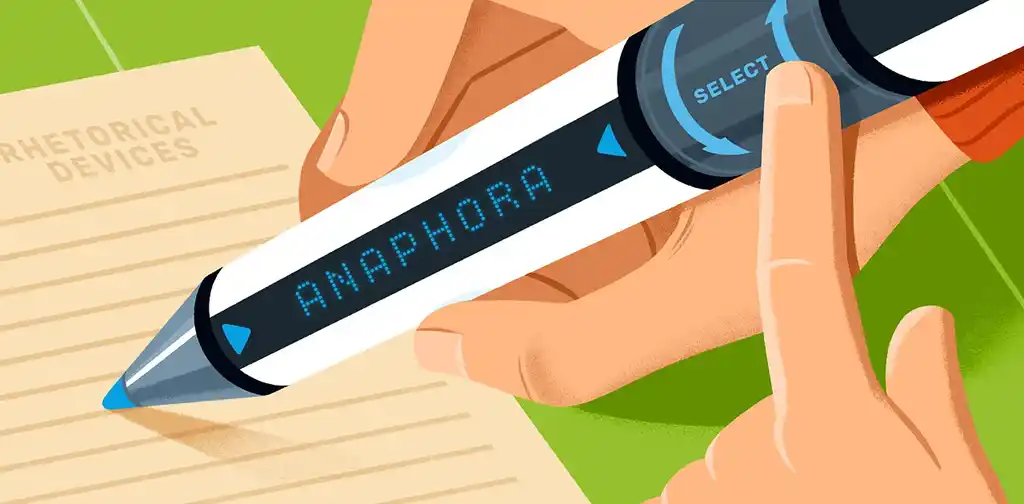
FREE RESOURCE
Rhetorical Device Cheatsheet
Improve your powers of persuasion by mastering these 35 devices.
Your Ultimate List of Rhetorical Devices
1. Accismus
Accismus is the rhetorical refusal of something one actually wants, to try and convince themselves or others of a different opinion.
Example: I’m fine! I didn’t want to win that gold medal anyway!
2. Adnomination
Adnomination is the use of multiple words with the same root in the same sentence. Like many other rhetorical devices, this is a linguistic trick to make statements sound more persuasive.
Example: Somewhere, somewhen, somehow, we’ll find an answer to that question.
3. Adynaton
Adynata are purposefully hyperbolic metaphors to suggest that something is impossible — such as the classic saying, “when pigs fly”. And hyperbole, of course, is a rhetorical device in and of itself: an excessively exaggerated statement for effect.
Example: I wouldn’t date him if he was the last man on Earth!
4. Alliteration
Alliteration is the repetition of consonants across successive, stressed syllables… get it? This most often means repeating consonants at the beginning of multiple words, as opposed to consonance, which is the repetition of consonants anywhere in consecutive words. (Learn more about the difference between alliteration and consonance — and other types of repetition — in this guide!)
Example: Edgar Allan Poe’s makes use of both alliteration and consonance in “The Raven”:
“And the silken sad uncertain rustling of each purple curtain.”
“Silken” and “sad” are alliterative, but the consonance continues into “uncertain” and “rustling.” And as a bonus, it contains assonance — the repetition of vowel sounds — across “purple curtain.”
5. Anacoluthon
An anacoluthon is a misdirection that challenges listeners and/or readers to think deeply and question their assumptions.
Example: The opening sentence of Franz Kafka’s Metamorphosis is a famous anacoluthon because it ends somewhere entirely different than where it started:
“When Gregor Samsa woke up one morning from unsettling dreams, he found himself changed in his bed into a monstrous vermin.”
Note that anacoluthons are different from non-sequiturs, which are unintentional and incoherent — well, but can anything really be different from anything else?
6. Anadiplosis
Anadiplosis is the repetition of the word from the end of one sentence to the beginning of the next. It has been used by everyone from Shakespeare to Yeats to Yoda.
Example: As Yoda laments in Stars Wars: The Phantom Menace: “Fear leads to anger. Anger leads to hate. Hate leads to suffering.”

7. Anaphora
Another type of repetition, anaphora, is the repetition of words or phrases at the beginning of subsequent sentences.
Example: Though Allen Ginsberg’s “Howl” is best known for its opening line, we'll skip to the next part of the poem, where he uses the word 'who' to keep a run-on sentence going.
“Who poverty and tatters and hollow-eyed and high sat up smoking in the supernatural darkness of cold-water flats floating across the tops of cities contemplating jazz, who bared their brains to Heaven under the El and saw Mohammedan angels staggering on tenement roofs illuminated, who passed through universities with radiant cool eyes hallucinating Arkansas and Blake-light tragedy among the scholars of war…”
Another similar rhetorical device is epistrophe: the repetition of words at the end of sentences. And, if you combine the two, you’ve got a symploce.
8. Antanagoge
Antanagoge involves responding to an allegation with a counter-allegation that reframes the situation. Antanagoge doesn't necessarily solve the initial problem, but it does provide an appealing alternative.
Example: “When life gives you lemons, make lemonade.” 🍋
People unconsciously use antanagoge all the time to justify things to themselves: “Well, it's raining today, but that's fine — I wanted to stay inside anyway.”
9. Anthimeria
Anthimeria is the intentional misuse of one word’s part of speech, such as using a noun for a verb. It’s been around for centuries, but is frequently used in the modern day, as “Instagramming” and “adulting” have seamlessly become part of the lexicon.
Example: “Have you tried Googling that?”
10. Antiphrasis
Antiphrasis is a sentence or phrase that means the opposite of what it appears to say. Like how the idiom, “Tell me about it” generally means, “Don’t tell me about it — I already know.” It’s a subset of a much more common rhetorical device: irony.
Example: “Take your time. We’ve got all day.”
11. Antithesis
Antithesis is when contrasting ideas or concepts are placed next to each other in a parallel grammatical structure. It doesn’t merely point out that they’re different, but emphasizes the stark contrast between them.
Example: “The best-laid plans of mice and men often go awry.”
12. Antonomasia
Antonomasia is, essentially, a rhetorical name. Like “Old Blue Eyes,” “The Boss,” or “The Fab Four” — affectionate epithets that take the place of proper names like Frank Sinatra, Bruce Springsteen, or the Beatles.
Example: For his contributions to the English language, Shakespeare is also known as “the Bard.”
13. Apophasis
Apophasis — also known as paralipsis, occupatio, praeteritio, preterition, or parasiopesis — is when you bring up a subject by denying that it should be brought up. As you might have noticed by now, this is one of many rhetorical devices to stem from irony. It’s a powerful type of rhetoric and when used right, creates a memorable effect.
Example: This is a classic, if oft-maligned, political tactic and one frequently utilized by Donald Trump when he was the 45th President of the United States, particularly in his colorful tweets. For example:
“Why would Kim Jong-un insult me by calling me 'old,' when I would NEVER call him 'short and fat?'”
14. Apostrophe
Apostrophe is very simply when a speaker is addressing someone that is either dead, not present, or an inanimate object. If you’re very creative, it can even be all three at once! It comes from the classic Greek for “turning away” — and can be seen quite often in stage plays.
Example: In the gravedigger scene in Shakespeare’s Hamlet, the titular Prince of Denmark discovers the bones of a long-dead court jester he used to play with as a child and — for a brief moment — he addresses the skull. “Alas, poor Yorick.”
15. Aporia
Aporia is the rhetorical expression of doubt — almost always insincerely. This is a common tool that businesses use to connect with a consumer base, typically in ads or presentations.
Example: For instance, take Steve Jobs’ introduction of touchscreen technology.
“Now, how are we gonna communicate this? We don’t wanna carry around a mouse, right? What are we gonna do?”
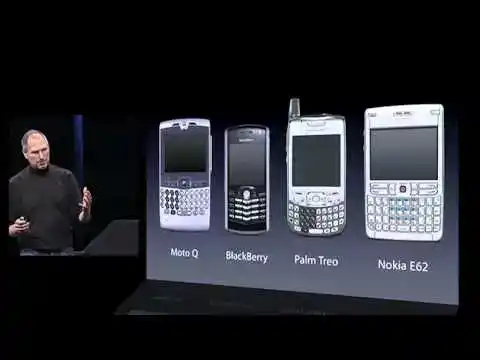

FREE COURSE
How to Write Believable Dialogue
Master the art of dialogue in 10 five-minute lessons.
16. Aposiopesis
Aposiopesis is essentially the rhetorical version of trailing off at the end of your sentence, leaving your listener (or reader) hanging.
Example: At the end of the “Queen Mab” speech in Romeo and Juliet, Mercutio has spun a tale about a fairy queen — demonstrating his own free-wheeling, romantic nature that builds into a breathless crescendo that can only end with…
“This is the hag, when maids lie on their backs,
That presses them and learns them first to bear,
Making them women of good carriage:
This is she…”
17. Asterismos
Asterismos is simply a phrase beginning with an exclamation. Like every other sentence in Moby-Dick: “Book! You lie there; the fact is, you books must know your places.” But if no sentence follows, it's an exclamation: an emphatic expression like “My word!” that warrants no follow-up.
Example: Good heavens! What’s happened here?
18. Asyndeton
Asyndeton is the removal of conjunctions like “or,” “and,” or “but” from your writing because the sentence flows better, or more poetically, without them.
Example: This is a favorite technique of Cormac McCarthy, as seen in this passage from Out Dark:
“A parson was laboring over the crest of the hill and coming toward them with one hand raised in blessing, greeting, fending flies.”
And like most of the enigmatic author’s preferred rhetoric, this asyndeton is almost intentionally confusing; whether the parson is blessing or greeting or swatting flies is never clarified.
At other times, McCarthy uses polysyndeton, essentially asyndeton's opposite — adding extra conjunctions (“and then we walked and then we stopped and then we sat on the ground”).
19. Bdelygmia
Befitting its harsh spelling, bdelygmia (or abominatio) is a rhetorical insult — the uglier and more elaborate, the better. Like most rhetorical devices, Shakespeare was a big fan. As was Doctor Seuss.
Example: Doctor Seuss goes all out with bdelygmia in The Grinch Who Stole Christmas. Just take a look at this passage:
“You're a foul one, Mr. Grinch, You're a nasty wasty skunk, Your heart is full of unwashed socks, your soul is full of gunk, Mr. Grinch. The three words that best describe you are as follows, and I quote, ‘Stink, stank, stunk!’”

20. Cacophony
Cacophony is simply the use of words that sound bad together. Though some might call it bad writing, this can be used for intentional effect.
Example: For his poem, “Jabberwocky,” Lewis Carroll invented more than a few words for the purpose of sounding harsh and unmelodious:
“’Twas brillig, and the slithy toves
Did gyre and gimble in the wabe:
All mimsy were the borogoves,
And the mome raths outgrabe.”
This is the antithesis (see above) of euphony — the use of words that sound good together, like this passage from an Emily Dickinson verse:
“Oars divide the Ocean, / Too silver for a seam.”
21. Chiasmus
Chiasmus is the repetition and/or reversal of words or grammatical structure across two phrases.
Example: A great example of chiasmus can be found in this excerpt from Mary Leapor’s Essay on Woman:
“Despised, if ugly; if she's fair, betrayed.”
More specific is antimetabole: the switching of words or phrases to suggest truth. (Ask not what rhetorical devices can do for you. Ask what you can do for rhetorical devices.)
22. Climax
Narrative arcs aren’t just for novels. Sentences can have a climax, too — the initial words and clauses build to a peak, saving the most important point for last. We’ve been using climaxes rhetorically since at least the days of the bible.
Example: “There are three things that will endure: faith, hope, and love. But the greatest of these is love.” — Corinthians 13:13
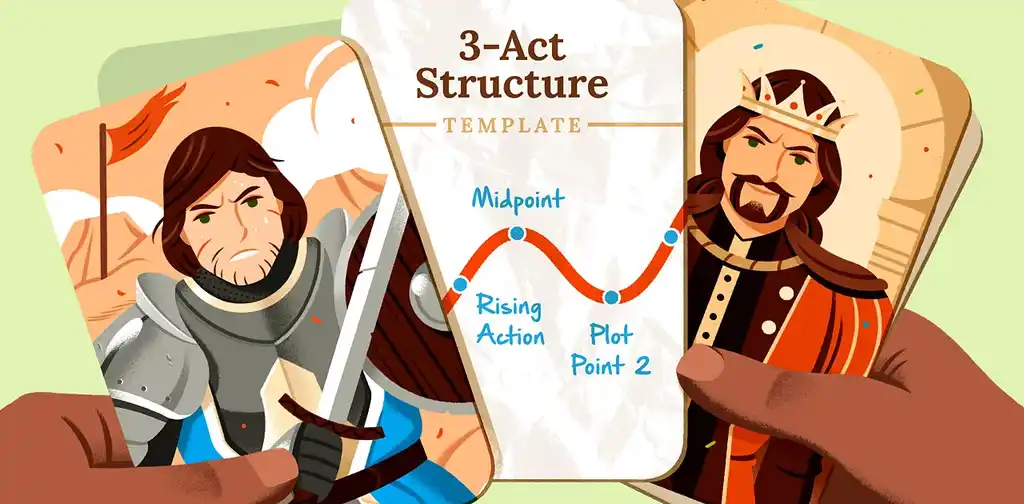
FREE RESOURCE
Three Act Structure Template
Craft a satisfying story arc with our free step-by-step template.
23. Colloquialism
Despite its grand name, colloquialism is when informal, everyday language and expressions are used in writing. This encompasses everything from slang to proverbs to writing out a regional dialect. It adds flavor and can reveal a lot about the characters and setting of a story.
Example: “Ya’ll better behave yourselves tonight!”
24. Connotation
Connotation is when a word has a literal meaning as well as an underlying feeling or idea attached to it. Essentially, this is when words themselves have an unspoken subtext to them. These underlying meanings can be positive or negative, but they can change how we view the subject.
Example: “The stench of her cooking filled the house” (negative connotation) vs. “The aroma of her cooking filled the house” (positive connotation).
25. Dysphemism
Dysphemism is a description that is explicitly offensive to its subject or audience. It stands in contrast to a euphemism, which strives to avoid outright offense, but nonetheless has unfortunate connotations. Most racial epithets started as the latter, but are recognized today as the former.
Example: Consider the differences in these two descriptions. “Harry is a thin-necked pencil-pusher with a rat’s nest of a quiff.” (dysphemism) vs. “Harry is a slim office worker with tousled hair.” (euphemism).
26. Ellipsis
Ellipsis is when a word is deliberately omitted from a sentence to achieve a specific effect. This can be done with or without the use of ellipsis, which are three dots like this “...” (and incidentally, what this rhetorical device is named for). Sometimes, this is used for poetic effect and other times it’s used to present the most important information while acknowledging that some things are being left out.
Example: “I only left my family because… I had my reasons.”
27. Epizeuxis
Epizeuxis is a type of repetition where a word or phrase is repeated in quick succession with no other words in between. It’s highly effective for placing emphasis on an idea and inspiring a reader.
Example: One of the most famous examples of Epizeuxis can be found in the classic sitcom, The Brady Bunch, where Jan is fed-up of living in the shadow of her older sister.
“All I hear all day long at school is how great Marcia is at this, or how wonderful Marcia did that. Marcia, Marcia, Marcia!”

28. Eutrepismus
Like most rhetorical devices, you’ve likely seen eutrepismus in action before, but didn’t know it had a name. This is simply when the points you’re trying to make are stated in a numbered list. It provides a way to separate your thoughts and present ideas in a clear, concise way.
Example: To make a cake, first you need to gather ingredients. Second, you need to mix them together properly. Third, you must put it in the oven to bake.

FREE WRITING APP
Reedsy Studio
Set goals, track progress, and establish your writing routine in our free app.
29. Hyperbaton
Hyperbaton is when you rearrange the order of words in a sentence to provide a particular emphasis. It calls attention to itself, which is often why hyperbaton phrases are memorable: they force a reader to stop and think about the strangeness of a phrase as they try to figure out what it means.
Example: “Object there was none. Passion there was none. I loved the old man. He had never wronged me. He had never given me insult. For his gold I had no desire.” — The Tell-Tale Heart, Edgar Allan Poe
30. Juxtaposition
Juxtaposition is when two opposing thoughts or ideas are presented side by side to highlight their differences. Comparison can be a great way to build an argument or present themes, which is why you see this device used so often.
Example: “Happy families are all alike; every unhappy family is unhappy in its own way.” — Anna Karenina, Leo Tolstoy
This device is often used in haiku poetry, where it's common to juxtapose two images to evoke emotions. For example:
“a blind musician
extending an old tin cup
collects a snowflake” 一 Nick Virgilio
31. Litotes
Litotes is an ironic figure of speech used to express an understatement by negating its contrary. If you see words like “not” or “wasn’t” or any other kind of negation and an undertone of sarcasm, you’re probably dealing with litotes. While this can often be used in a negative way, litotes can also be used to express positive understatements.
Example: It’s not the worst book in the world.
32. Meiosis
If you’ve ever understated something before, that’s meiosis — like the assertion that Britain is simply “across the pond” from the Americas.
Example: You might recognize this rhetorical device from Monty Python and the Holy Grail. When the black knight has his leg cut off, he underplays its severity. “‘Tis but a flesh wound!” he says, hopping on his one remaining leg.
The opposite of meiosis — rhetorical exaggeration — is called auxesis.
33. Metanoia
Metanoia is a self-correction in speech or writing that expresses the idea in a good — no, a “better” way than the original. It can function a bit like an afterthought, but can also put emphasis on a thought by amplifying or softening it.
Example: This restaurant is the best spot in the city — actually, no, in the entire tri-state area!
34. Onomatopoeia
Wham! Pow! Crunch! These are all examples of onomatopoeia, a word for a sound that phonetically resembles the sound itself. This means the finale of the 1966 Batman is the most onomatopoeic film scene of all time.
Example: The gun went off with a bang.
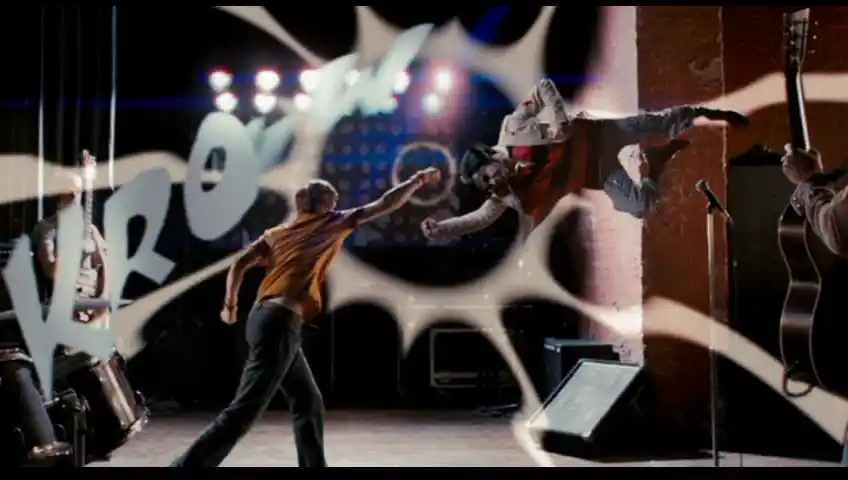
35. Oxymoron
An oxymoron is when words with opposing definitions are used together to create contradictory phrases that, while at first seem nonsensical, actually are sharply observant or incisive. You can even think of oxymorons as a micro form of juxtaposition.
Example: The room existed in a state of organized chaos.
36. Parenthesis
Parenthesis is when a word or phrase is inserted or interjects a sentence to provide additional clarity or detail, or even go on a tangent. You don’t have to use parentheses to achieve this effect, despite its name. Commas, brackets, and dashes can all be used in parenthesis.
Example: It’s true that she often cuts class (though it isn’t for the typical reasons one would imagine.)
37. Parallelism
Parallelism is when a pattern of words repeats within a sentence, phrase, or paragraph. This creates a pleasing rhythm, and suggests to the listener that each of the parallel statements are of equal importance or validity. In many cases, parallelism can let statements build on each other and accumulate into a final powerful statement.
Example: “We shall go on to the end. We shall fight in France, we shall fight on the seas and oceans, we shall fight on the beaches, we shall fight on the landing grounds. We shall never surrender.” — Winston Churchill
38. Personification
Personification describes things and concepts using human characteristics. It's easier for humans to understand a concept when it’s directly related to them, which is why this is such an effective rhetorical device!
Personification appears in almost all forms of literature — even simple sentences like "the alarm screamed" or "the wind howled" would qualify as personification.
Example: The train roared down the tracks and into the station.
39. Pleonasm
Pleonasms are redundant phrases that emphasize the nature of the subject. Certain words are so overused that they’ve lost meaning — darkness, nice, etc. However, “black darkness” or “pleasantly nice” reinvigorate that meaning, even if the phrases are technically redundant.
Example: The burning fire flickered merrily in the hearth.
🖋️
Which writing app is right for you?
Find out here! Takes 30 seconds
40. Rhetorical comparisons
Some of the most prevalent rhetorical devices are figures of speech that compare one thing to another. Two of these, you surely know: the simile and the metaphor. But there is a third, hypocatastasis, that is just as common… and useful. The distinctions between the three are pretty simple as you’ll see in the example below.
Example: A simile compares two things using like or as: “You are like a monster.” A metaphor compares them by asserting that they’re the same: “You're a monster.” And with hypocatastasis, the comparison itself is implied: “Monster!”
If you can't get enough rhetorical comparisons, check out these 90+ examples of metaphors in literature and pop culture!
41. Rhetorical question
You’ve probably heard of rhetorical questions: they are questions asked to make a point rather than to be answered. Technically, this figure of speech is called interrogatio, but plenty of other rhetorical devices take the form of questions.
Example: “Don’t you want to be a millionaire?”
If you pose a rhetorical question just to answer it yourself, that’s hypophora. And if your rhetorical question infers or asks for a large audience’s opinion, that’s anacoenosis — though it generally doesn’t warrant an answer, either.
42. Synecdoche
Synecdoche is a rhetorical device wherein a part of one thing represents its whole. This differs slightly from metonymy, in which a single thing represents a larger institution.
Example: If you referred to an old king as “greybeard,” that would be synecdoche. If you referred to him as “the crown,” it would be metonymy.
43. Synesthesia
Like the neurological condition of the same name, synesthesia is when a sense is described using the terms of another. So if you’re smelling colors or seeing sounds, you’re employing the techniques of synesthesia in your writing.
Example: The music sounded like green and pink and purple.
44. Tmesis
Have you ever, in a fit of outrage, referred to something un-effing-believable? If you have, congratulations on discovering tmesis: the separation of one word into two parts, with a third word placed in between for emphasis.
Example: Well, that’s just fan-freaking-tastic!

45. Zeugma
Zeugma, also called syllepsis, places two nouns with different meanings in a similar position in a sentence. This is a grammatical trick that can be used rhetorically as well.
Example: Mark Twain, the bard of the Mississippi himself, was a master at deploying zeugma:
“They covered themselves with dust and glory.”
Though you'd “cover” yourself with these things in very different ways, the phrase still works because the same verb applies to both. Authors often use zeugma in clever wordplay, sometimes even entering everyday conversation. (My grandmother, for example, uses zeugma to describe staticky clothing: “This shirt attracts everything but a man.”)
Download Cheatsheet
Congrats on getting to the end of our rhetorical devices list! Of course, this might feel a bit like a list of fancy names for things you already do. If so, that’s great — you’re already well on your way to mastering the art of rhetoric. And if you need a little help remembering them, we’ve created this handy cheatsheet so you can have all your definitions in one place.

FREE RESOURCE
Rhetorical Device Cheatsheet
Improve your powers of persuasion by mastering these 35 devices.
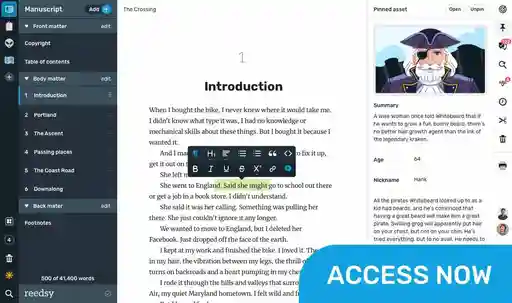


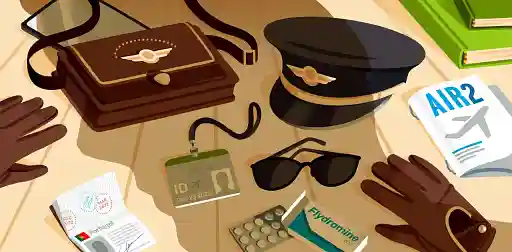

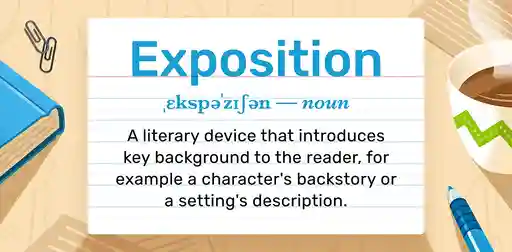
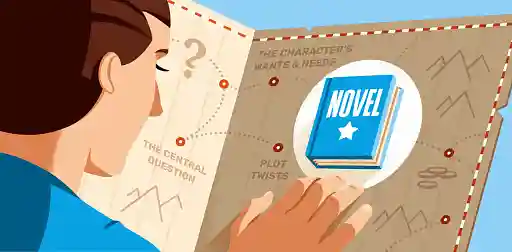

7 responses
nadaid says:
06/11/2019 – 01:45
oxymoron?
↪️ Vic replied:
05/12/2019 – 03:37
An oxymoron creates a two-word paradox-such as "near miss" or "seriously funny." An oxymoron is sometimes called a contradiction in terms and is most often used for dramatic effect.
↪️ AtreidesOne replied:
18/08/2020 – 04:38
With "near miss", it's all about different senses of the word and the contexts they're used in.Yes, near can mean "almost", as in "a near perfect fit". So in that sense, a "near failure", or a "near disaster" means that the failure or disaster almost happened. They were "close", but only in a figurative sense. However, near can also mean "at or to a short distance away; nearby", as in "a bomb exploded near the house". This is a physical distance sense. When we're talking about a "miss", we're using the physical distance sense. So "near miss" doesn't mean "it nearly missed" or "it nearly was a miss", but instead "it missed by a small distance".So there is no oxymoron.
↪️ bruh replied:
08/12/2019 – 21:42
awww mannn
Denise Hidalgo says:
26/12/2019 – 14:19
Why aren't analepsis and prolepsis on this otherwise comprehensive list?!?
↪️ OK BOOMER replied:
27/01/2020 – 10:56
analepsis is for literary devices. prolepsis should have been here tho
↪️ Name replied:
12/02/2020 – 20:05
Because they're not JOHN